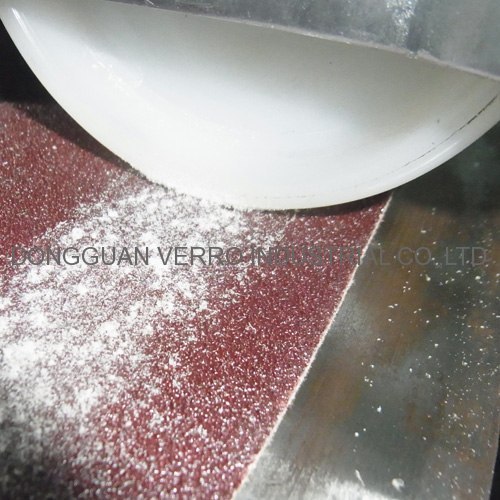
|
DONGGUAN VERRO INDUSTRIAL CO.,LTD
|
Gold Index: 21345
You are here: home > caster know-how > Temperature resistance
Product (181)
- swivel casters (29)
- Industrial casters (41)
-
Rubber casters
(26)
- rubber caster (9)
- Elastic rubber casters (9)
- TPE casters (8)
- shoppping cart casters (8)
- medical casters (10)
- garbage containers casters (13)
- storage cage casters (15)
- sandwich casters (7)
- flowers stand casters (7)
- heavy duty casters (8)
- caster wheels (12)
- non-standard casters (5)
Special Groups (9)
- Rubber Castors (6)
- PP caster (3)
Blog (7)
VERRO brand casters applications (20)
caster know-how (30)
New Design Product (1)
Third-party assurance (1)
Factory show (2)
News (2)
Certificates (3)
Credit Report
Products Index
caster know-how
Temperature resistance

The correct function of a wheel or caster also depends on the temperature influence.The relevant tread temperature results from the combined effects of ambient temperature and the heat caused by friction. The degree of friction is determined by the material,shape and load of the tread as well as by the direction,length and condition of the covered distance.
For example the load capacity and stability of synthetics are reduced under cold or heat.
The load capacity and service life of treads considerably decrease with higher temperatures. Further, with high static load and high temperatures the danger of wheel flattening is increased. For this reason,special treads and wheel materials were developed which are also suitable for higher temperatures.
With lower temperature,th rigidity and hardness of many elastomer treads,especially rubber- and many polyurethane-elastomers,increase considerably,limiting the elastic spring characteristics.As special options ployurathane-elastomers are available which remain elastic and flexible at temperatures down to -30ºC as the hardness only slightly increases.
Verro wheel abrasion test:

Pre Page:
Anti-static/Elactrically conductive
Next Page:
VERRO casters' corrosion resistance



